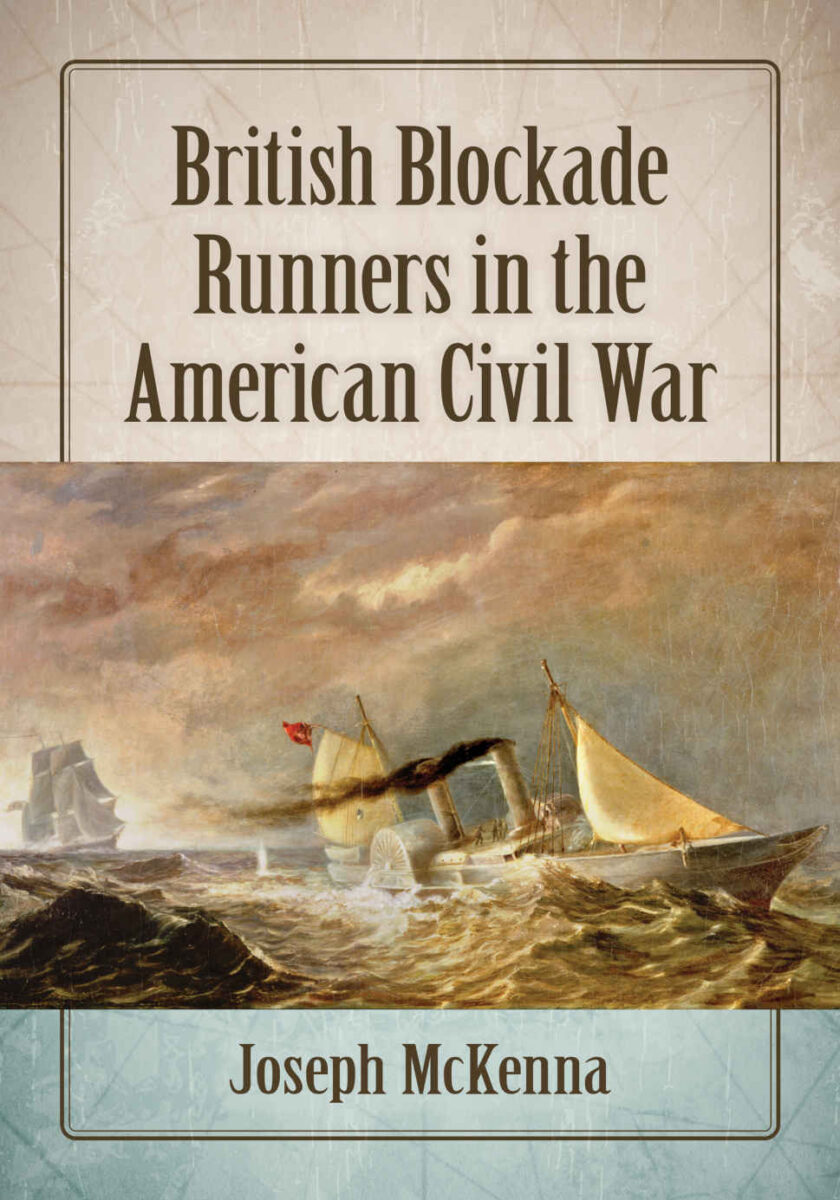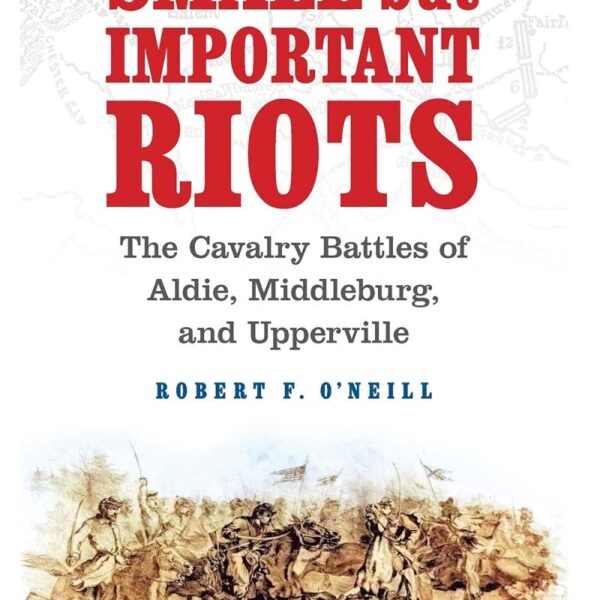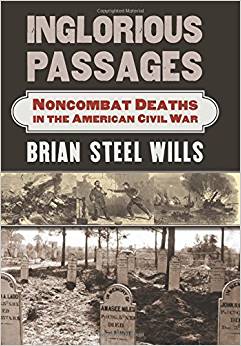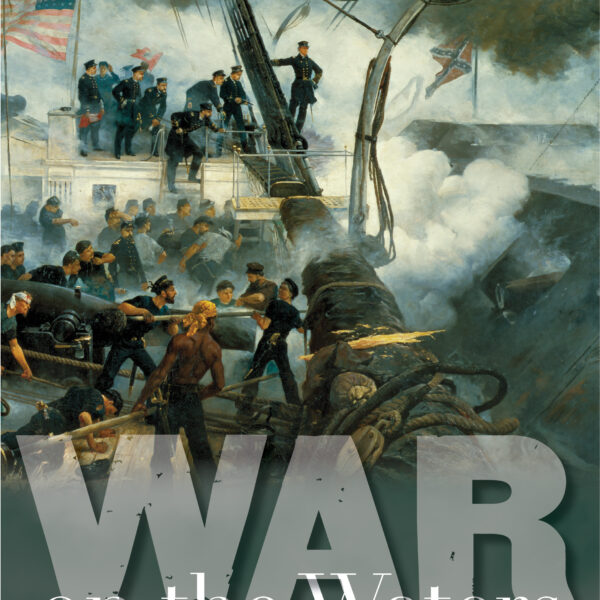On April 19, 1861, less than a week after the cannon roar in Charleston harbor that marked the opening of U.S. Civil War had ceased, President Abraham Lincoln announced a blockade of all ports of the seceded states. A month later, the elderly General Winfield Scott proposed the Anaconda Plan. Scott, who had been the Command General of the U.S. Army for twenty years, understood that war in the burgeoning industrial age required manufactured goods that the Confederacy could not produce itself. His two-pronged plan consisted of a blockade of the Confederate coast along the Atlantic and Gulf of Mexico, as well as a thrust up the Mississippi River. To what extent the plan was feasible is still debated today. What is clearly agreed upon, however, is that the Union attempt to blockade over 3,500 miles of Confederate coastline was an immense undertaking that spread the U.S. Navy thinly. Though thousands of tons of cargo were intercepted, thousands of tons more slipped through.
All of this is relevant to Joseph McKenna’s new book, British Blockade Runners in the American Civil War. As the title suggests, McKenna examines British merchants that traded with the Confederacy during the Civil War. In doing so, he has shed light on an otherwise lesser known subject. McKenna’s thesis circles around the concept that not only did the Confederacy need outside support to conduct the war, but that British industry was starved for American cotton to the point that the reward for successfully running the Union naval blockade of the Confederacy outweighed the financial risks involved. He illustrates this through his discussion of insurance policies, which were available for British merchants at mostly reasonable prices up until the final year of the war.
This book does several things very well. McKenna’s discussion of the legality of blockade running in interesting. He explains the process in which Britain shipped goods to the Caribbean, then used small fast steam powered blockade runners to make quick transits to the Confederate coast, limiting risk to trans-Atlantic shipping. He also provides a good description of the blockade that was put in place by the Union, as well as how cotton became “white gold” as the Confederate currency became untenable on foreign markets.
The weaknesses of the book are twofold. First, it does not engage the historiographical debate as to what extent the Confederacy depended on foreign supplies and how this affected its ability to wage war. Secondly, and importantly for the readability of the book, two chapters of the book should really be appendices. His sixth chapter, “The Ships That Ran the Blockade,” is literally a list of ships with annotations for each concerning the builder, its success, and in many cases the vessel’s fate. Another chapter that is similarly problematic is “Girdles and Guns: Tales from the Blockade-Runners,” which consists primarily of excerpts from first-hand accounts. Both of these chapters come in the middle of the book, causing it to flow awkwardly.
Overall, this book is worth the reader’s time. Most of the chapters are easily readable. McKenna has shed fresh light on aspects of maritime economics during the American Civil War that have seen little attention in the past. For that, the author should be congratulated.
J. Ross Dancy is an Assistant Professor in the John B. Hattendorf Center for Maritime Historical Research at the U.S. Naval War College in Newport, Rhode Island.
Related topics: naval warfare





